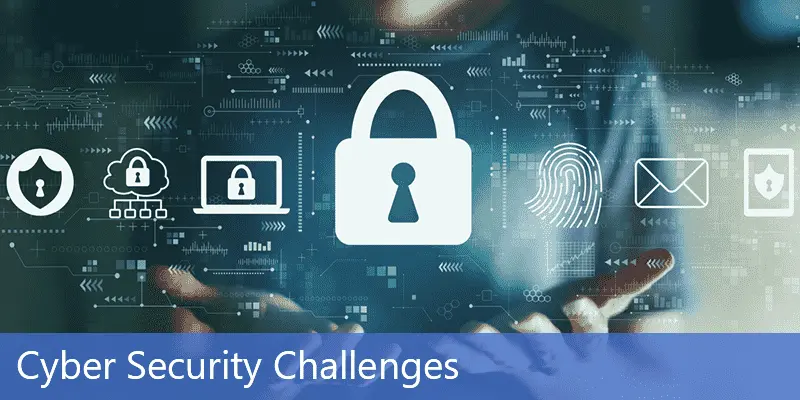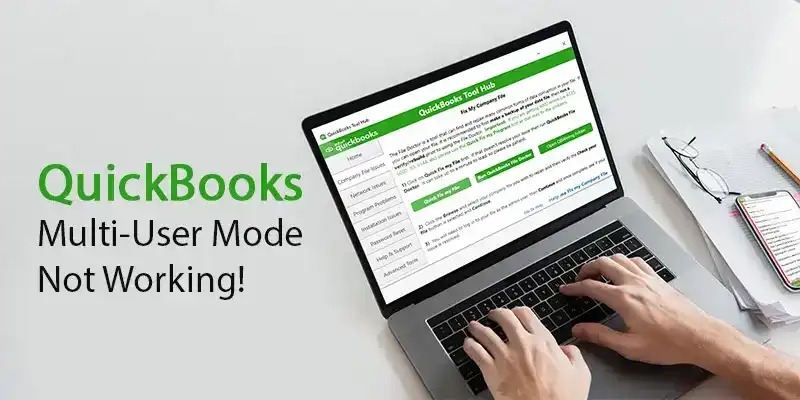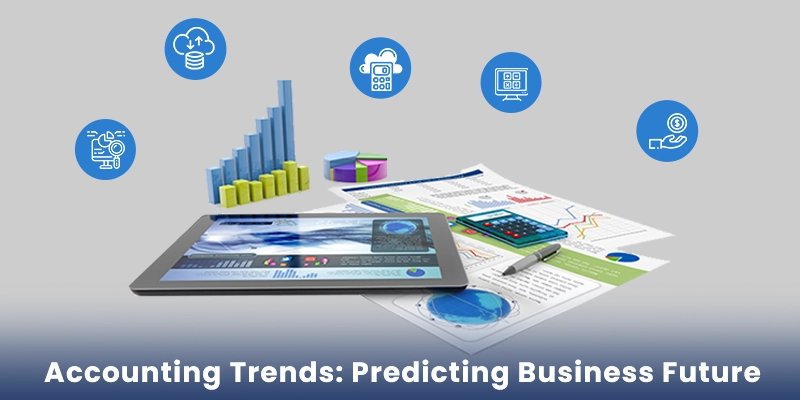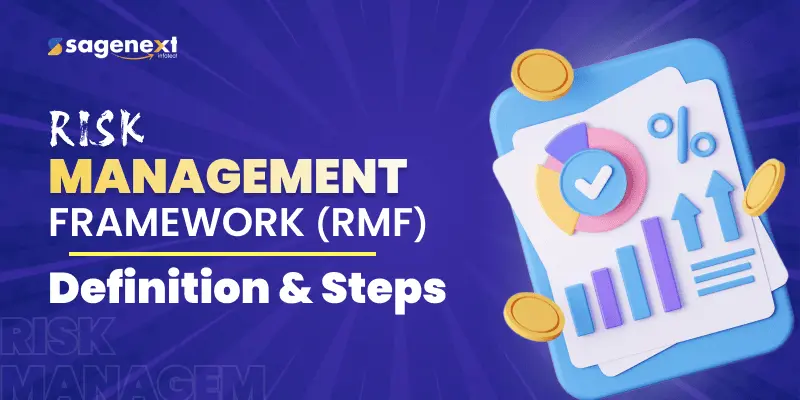
What is the Risk Management Framework (RMF)? Things to Know
Today, protecting system information has become crucial. Millions of sensitive information are being transmitted across the United States. Did you know? The National Institute of Standards and Technology (NIST) developed the risk management framework (RMF) to protect the information system. RMF is now a trusted guide for federal, state, and private organizations to protect, minimize, eliminate, and identify risk factors. There are seven risk management process frameworks.
Businesses always pose a risk of IT-related problems, capital loss, litigation, and digital mishaps. The NIST risk management framework is a comprehensive guide to managing cyber risk factors. It includes privacy, security, and digital supply chain risk management. Being a business digital service provider, you must follow the RMF guide.
This blog will help you understand what is RMF and what are the 7 processes in the NIST risk management framework.
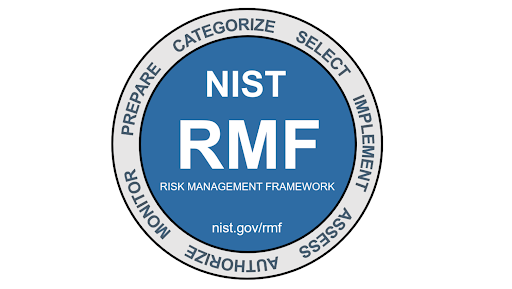
The 7-step processes of the NIST risk management framework.
Source: National Institute of Standards & Technology (NIST), US Department of Commerce
What is RMF (Risk Management Framework)?
The RMF is a set of guidelines and processes that allows all federal agencies to follow and adopt best security practices. Private firms have also adopted risk management frameworks to protect their IT infrastructures and assess a security control baseline. The framework allows businesses and organizations to communicate through the system-based development life cycle.
The NIST risk management framework has a 7-step process that defines the RMF guidelines. Did you know? The US Government has recently launched the RMF 2.0 a more enhanced and updated version of security frameworks. The best part is RMF guidelines can be adapted to any of your existing systems or devices.
7 Step Processes of NIST Risk Management Framework
You can use these 7-step processes to manage privacy risk and security information if you are a business firm or organization. Here are the 7-step processes you should know.
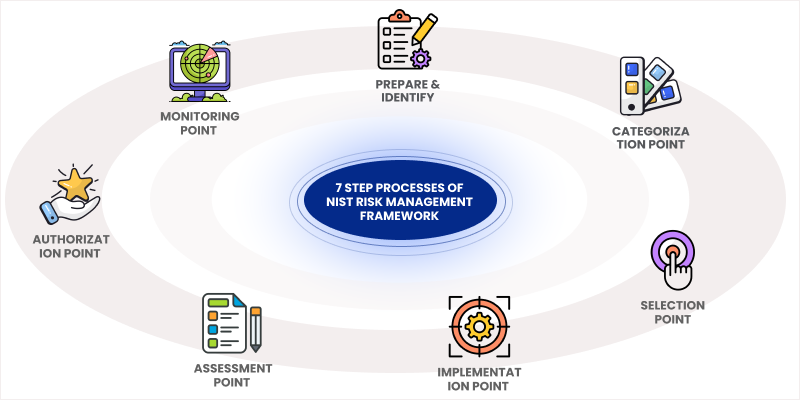
1. Prepare & Identify
This is the first step of the NIST risk management framework where businesses and organizations need to assess, prepare, and identify any security & privacy risks. You will also need to log each system operation and check the connect points to other systems.
2. Categorization Point
You will now need to categorize the system, information stored, security parameters, and information transmission analysis. The system should be categorized as per FIPS 200 or CNSSI 1253 impact and integrity levels.
3. Selection Point
In this step process of NIST RMF, you will need to select the controls NIST SP 800-53. This is done to protect your system. A risk assessment is done and based on the report. Then the protection protocol is applied.
Generally, two approaches are taken, one is predefined bases line control and the other is the organizational preferred control process. After selecting your preferred choice of control, you can customize and align it with your system requirements.
4. Implementation Point
In the fourth step processes of the risk management framework, your business will need to apply and deploy the security documents and controls as per your system requirement. The deployment should align with the cybersecurity frameworks. The configured document should be updated and revised as per inline outcomes.
5. Assessment Point
After deploying the security controls, you will now need to assess and see if the controls are in place or not. Asses the control systems, operating outcomes, and intended system results.
In general rule, control assessments are conducted using the system development life cycle (SDLC). Assessment takes place in the early stage of SDLC. this helps you see if your security controls are in place and functioning as expected. We suggest including or developing an integrated assessment plan point.
6. Authorization Point
This is the sixth step of the NIST risk management framework where federal agency officials will assess the risk factors of the systems and authorize the system to operate and function. Businesses can also track failed controls, rectify the risks, and determine the permitted security controls.
7. Monitoring Point
This is the last step process in the risk management frameworks. This is where you can continuously monitor your control deployments and asses risk management. You can use the integrated risk management frameworks to automate and deploy security controls through aggressive monitoring. You can also monitor any authorized or unauthorized changes that could impact IT systems.
Why Do Businesses & Organizations Need Risk Management Frameworks?
If businesses and organizations want to efficiently manage security risk then the NIST risk management framework is crucial. It helps avoid and alleviate security risks with a standard approach. In today’s digital landscape where millions of data and information are transferred online, keeping information safe and secure is necessary.
The RMF is a perfect solution for this case. It is a trusted risk framework. It is recognized and used by many businesses and organizations.
- Your IT infrastructure is safe from digital enemies and hackers
- It enhances the business’s ability to fight security risks.
- Your security risk factors are compiled by federal agencies and NIST.
- The framework helps keep track of any threats, risks, impacts, and security controls.
Final Thoughts
NIST risk management framework is a recognized and trusted process for businesses to protect & mitigate their security risk. The NIST framework follows a 7-step process to enhance your security infrastructure. Security controls like SP-800 53, and security impacts like FIPS 200 and CNSSI 1253 are used to enhance the privacy risks. If you are looking to remove security impacts, assessing the system using SDLC is crucial to identify any threats.
Is your business struggling to incorporate NIST risk management frameworks? Try the Sage Security Software & hosting services today.
Risk Management FAQs (Frequently Asked Questions)
What do you mean by risk management?
Risk management is a process that involves identifying, assessing, mitigating, and controlling security threats in the systems. The risk can be financial and other risks.
What are the 4 ways to manage risk?
The main 4 ways to manage risk are mitigating, avoidance, transferability, and acceptance. You can avoid the risks, accept the consequences, mitigate the impact,t and shift the risk to other parties.
What are the 5 C’s of risk management?
The 5 C’s of risk management are compliance, cost, change, coverage, and continuity. These 5 C’s help remove privacy and security risks concerns in businesses and other organizations.
What is the meaning of the risk management framework?
The risk management framework is a set of guidelines provided to businesses and organizations to identify, control, mitigate, and any parameters that could impact operations in financial and legal functions.
What are the 5 components of the risk management framework?
The 5 major components of the risk management framework are risk measurement, risk mitigation, risk identification, risk reporting & monitoring, and risk factor governance. These 5 components are crucial for privacy and security.

